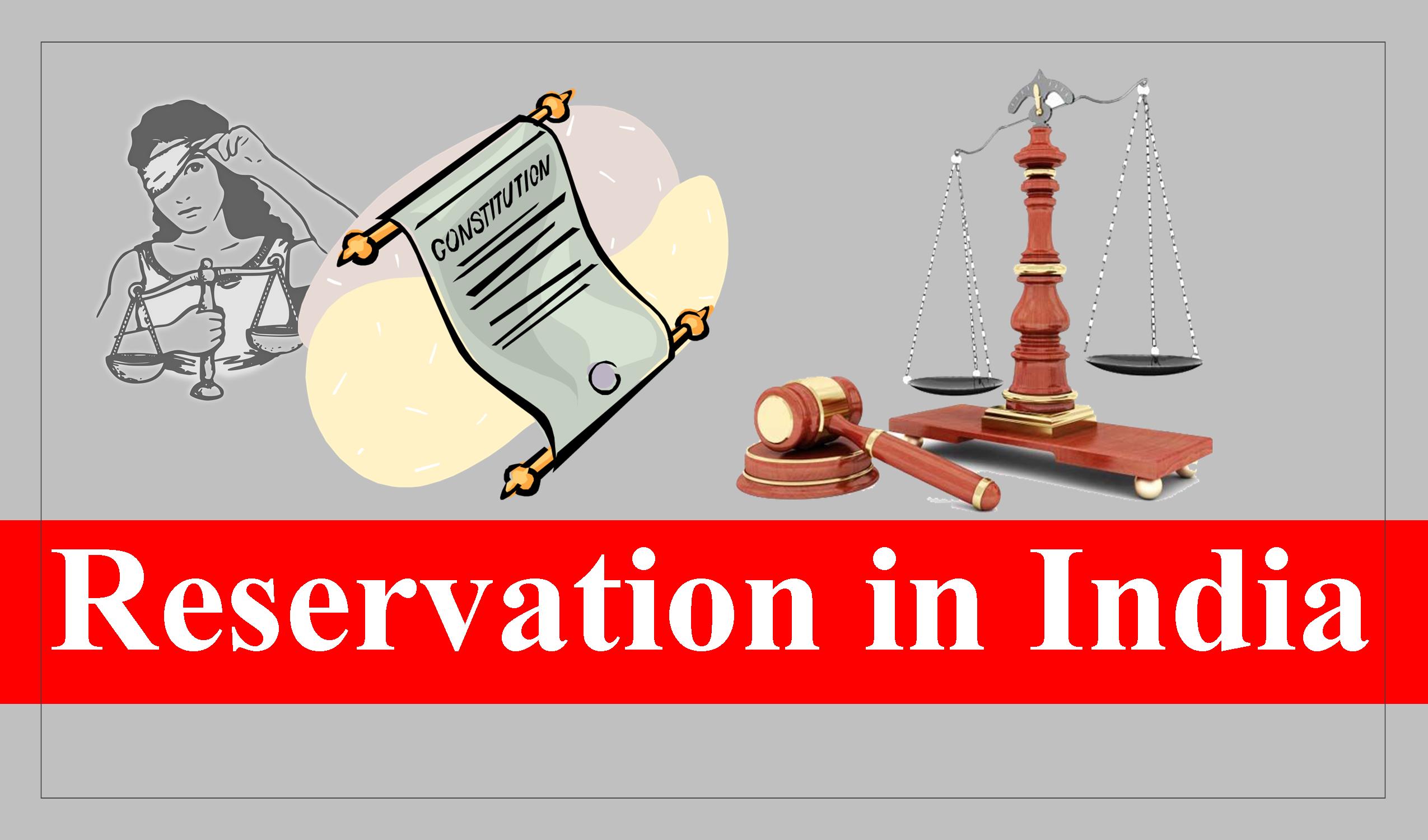Mechanisms, Laws, Institutions and Bodies constituted for the Protection and Betterment of these Vulnerable Sections
News: Supreme Court allows sub-categorisation in Scheduled Caste reservation: What is the case?
Sub-categorizations of scheduled caste reservation play a crucial role in providing adequate representation rather than equal representation. Discuss with the recent ruling of top court on E V Chinnaih case.
Recently, in a landmark verdict, the Supreme Court allowed the sub-categorization of scheduled castes in reservations, allowing wider protection for underrepresented groups. This verdict has overturned the 2004 judgment that Scheduled Caste list must be treated as a single, homogenous group.
Root of the case:
- In 1975, the Punjab government issued a notification dividing its 25% SC reservation at that time into two categories.
- In the first category, seats were reserved solely for the Balmiki and Mazhabi Sikh communities, which were and continue to be considered two of the most economically and educationally backward communities in the state.
- Under the policy, they were to be given first preference for reservation in education and public employment. The second category consisted of the rest of the SC communities.
- A similar law was introduced by Andhra Pradesh in 2000. In E.V. Chinnaiah, the Supreme Court struck down the Andhra Pradesh Scheduled Castes (Rationalisation of Reservations) Act, 2000 for being violative of the right to equality. The law contained an expansive list of Scheduled Caste communities in the state and the quota of reservation benefits provided to each of them.
- The judgment in Chinnaiah said that all SCs form a homogenous class and cannot be subdivided.
2005 judgment of E V Chinnaih v/s State of Andhra Pradesh:
- The court held that the sub-classification would violate the right to equality by treating communities within the category differently, and said that the SC list must be treated as a single, homogenous group.
- The rationale was that since the Constitution classifies certain castes in a Schedule as they historically faced discrimination due to untouchability, they cannot be treated differently from one another.
- The court also drew attention to Article 341 of the Constitution, which gives the President the power to create a list of SC communities for the purposes of reservation.
- This meant that states did not have the power to “interfere” or “disturb” this list, including through sub-classification.
- In 2014, the Supreme Court in Davinder Singh v State of Punjab, referred the appeal to a five-judge Constitution Bench to determine if the 2004 E V Chinnaiah decision required reconsideration since it needed an inquiry into the interplay of several constitutional provisions.
Re-looking the 2005 judgment:
- The laws were challenged on the basis of the 2005 Constitution Bench judgment in EV Chinnaiah v. State of Andhra Pradesh which had held that sub-classification of SCs is contrary to Article 341 of the Constitution which confers right only on the President to prepare the list of SC/STs.
- In 2020, the Constitution Bench held that the court’s 2004 decision against sub-categorisation required reconsideration. The ruling noted that the court and the state “cannot be a silent spectator and shut its eyes to stark realities.”
- The top court had said that not allowing the sub-classification would lead to a situation where the “advanced among” them “would grab all benefits”.
- Crucially, since the E V Chinnaiah decision, the concept of a “creamy layer” (which exists in Other Backward Classes (OBC) reservations) has also trickled down to SC reservations.
- In the landmark 2018 ruling in Jarnail Singh v Lachhmi Narain Gupta, the Supreme Court upheld the “creamy layer” within SCs. The idea puts an income ceiling on those eligible for reservations. It was applied to promotions of SCs for the first time in 2018.
- States have argued that the sub-classification is essentially an application of the creamy layer formula, where instead of excluding the better-off castes from the Scheduled Caste list; the state is merely giving preferential treatment to the most disadvantageous castes.
- Apart from Balmikis and Mazhabi Sikhs in Punjab and Madiga in Andhra Pradesh, Paswans in Bihar, the Jatavs in UP, and Arundhatiyars in Tamil Nadu will also be impacted by the sub-classification strategy.
Arguments in favor of sub-categorization:
- The Advocate General of Punjab, Gurminder Singh, argued that E.V. Chinnaiah was mistaken when it held that states could not tamper with the classes that comprised the Presidential list under Article 341.
- Highlighting the language used in Article 16(4) of the Constitution, the Article allows the State to provide reservations for backward classes who are not “adequately represented” in State services. As the phrase used is “adequately” and not “equally” there is no obligation to provide the same opportunities to every community in the Presidential list.
- Recently introduced Article 342A on the Constitution made it clear that the Chinnaiah decision could no longer apply. This provision specifically empowers States and Union Territories to maintain a list of socially and Economically Backward Classes which may be different from the Presidential list.
- Without sub-classification, the weakest sections of society will be left behind, defeating the very purpose of reservations.
Article 341 merely deals with preparation of list of SCs and the scope of the Article ends there and it does not prevent States from sub-classifying SCs based on their backwardness to extend reservation benefits, it was contended by States. Affirmative action sways on inclusion of adequate numbers rather than equals.

